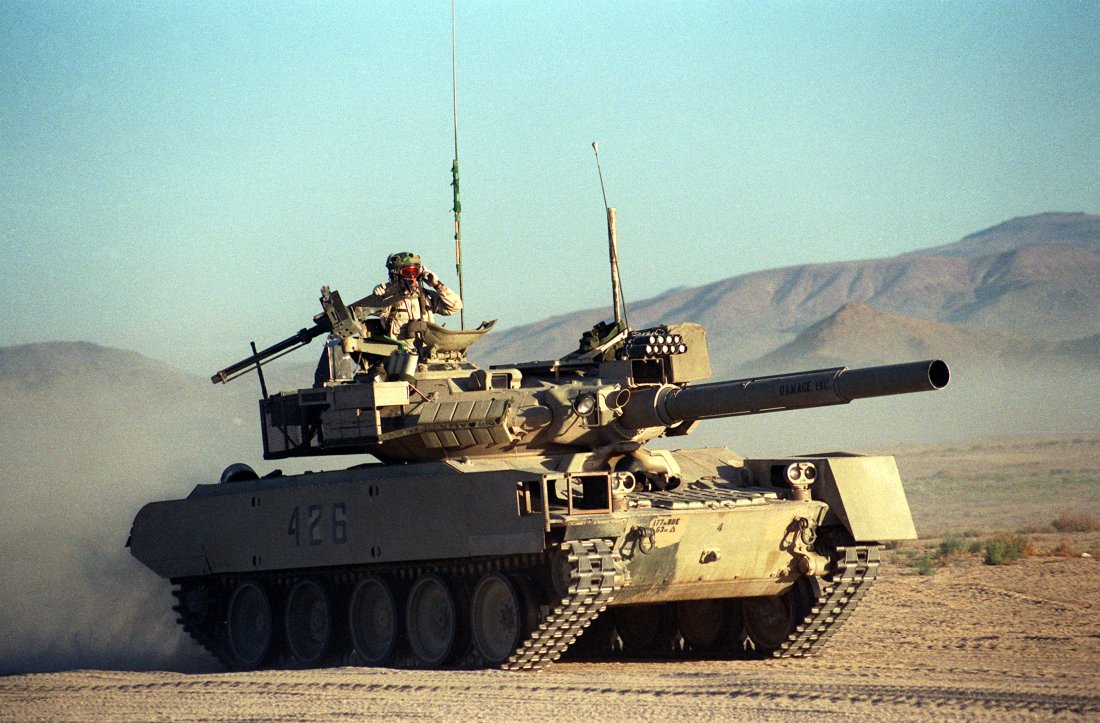



There is little physical resemblance between a modern tank and those of the First World War, and there have been many changes in doctrine. They were first used, in force, at the First Battle of Cambrai (20 November - 3 December 1917), by the British, and, while primitive by modern standards, were so effective that the British were unprepared to exploit the massive hole they opened in the German lines. "Tank" was actually a British code word for their first vehicles, intended to break the stalemate by being able to cross barbed wire and trenches, leading the way for infantry. M109 howitzer) or multiple rocket launcher has more firepower than a tank, but lacks the 360-degree engagement capability of a tank turret and has only light armor. Still, an APC may look superficially like a tank, because it may have a turret for a weapon that gives fire support to dismounted troops.Ī self-propelled howitzer (e.g., U.S. FV430 or warrior differ from infantry fighting vehicles in that the troops never fight from inside, but always dismount. The reason for their missile armament is to have a tank-killing weapon with greater range, although sacrificing some flexiblility, than a tank gun.Īrmored personnel carriers (e.g., U.K. M2 Bradley, Russian BTR) or BMP) usually has tracks but could have wheels, has lighter armor, and, while it may carry missiles that can kill a tank, cannot expect to survive a short-range engagement with a tank. An infantry fighting vehicle (IFV) (e.g., U.S. AFVs lack at least one of the key technologies of a tank. In modern militaries, tanks are assigned to armored or "heavy" units, They are a subset of armored fighting vehicles (AFV). Army M1A2 Abrams with Tank Urban Survival Kit enhancements A lightly armored and maneuverable version may not be able to take hits from even light antitank weapons.

If weight is saved in the gun, the tank may be able to support infantry but not fight other armored vehicles. A physically heavy tank can carry large guns and thick armor, but may be slow, and civilian bridges may not support its weight. The design of each tank type is a balance among mobility, firepower and protection. Introduced in the First World War, a tank is a land combat vehicle that, in its basic form, can travel over a wide range of terrain because it uses tracks rather than wheels, has at least one main main high-velocity gun and one or more machine guns, and some level of armor and other protection.


 0 kommentar(er)
0 kommentar(er)
